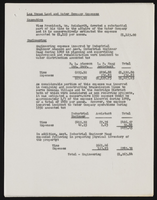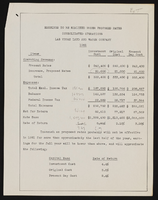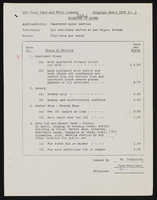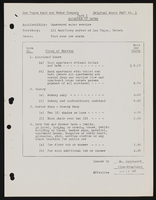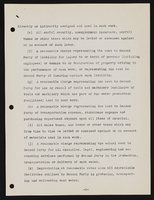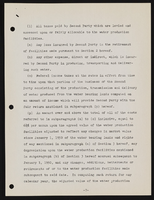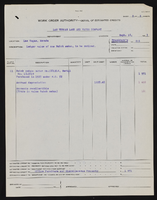Search the Special Collections and Archives Portal
Search Results
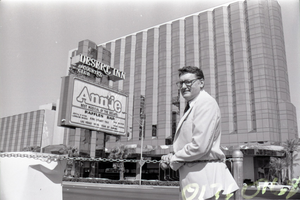
Film negative of Howard Anderson and the Desert Inn (Las Vegas), 1981
Date
1981
Archival Collection
Description
Inverted black and white negative showing Howard Anderson standing in front of the Desert Inn, with a marquee announcing Annie the musical.
Site Name: Desert Inn
Address: 3045 Las Vegas Boulevard South
Image
Pagination
Refine my results
Content Type
Creator or Contributor
Subject
Archival Collection
Digital Project
Resource Type
Year
Material Type
Place
Language
Records Classification

